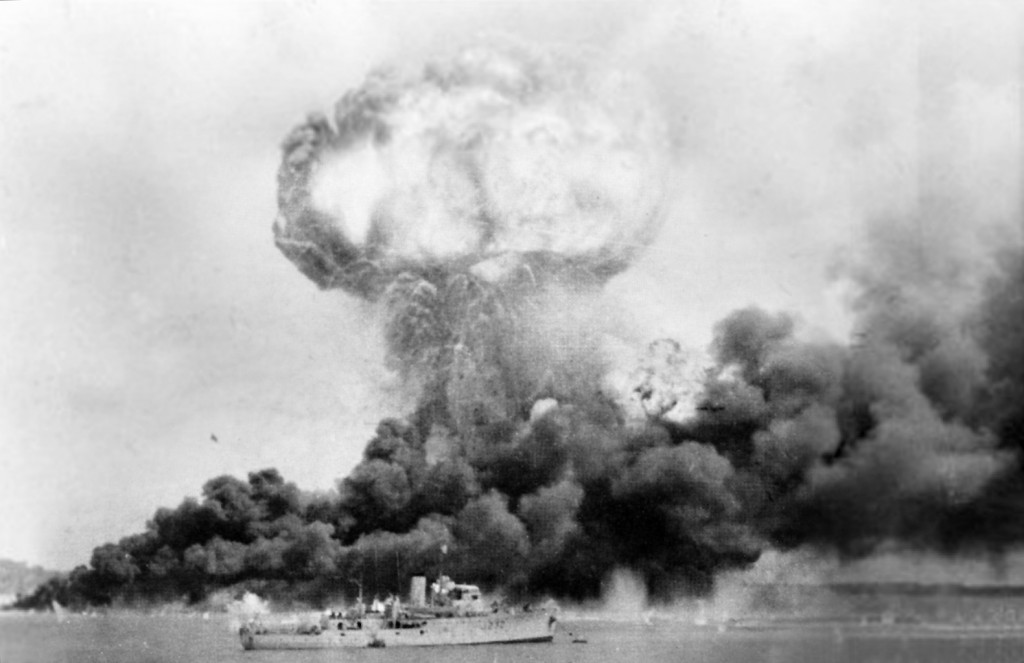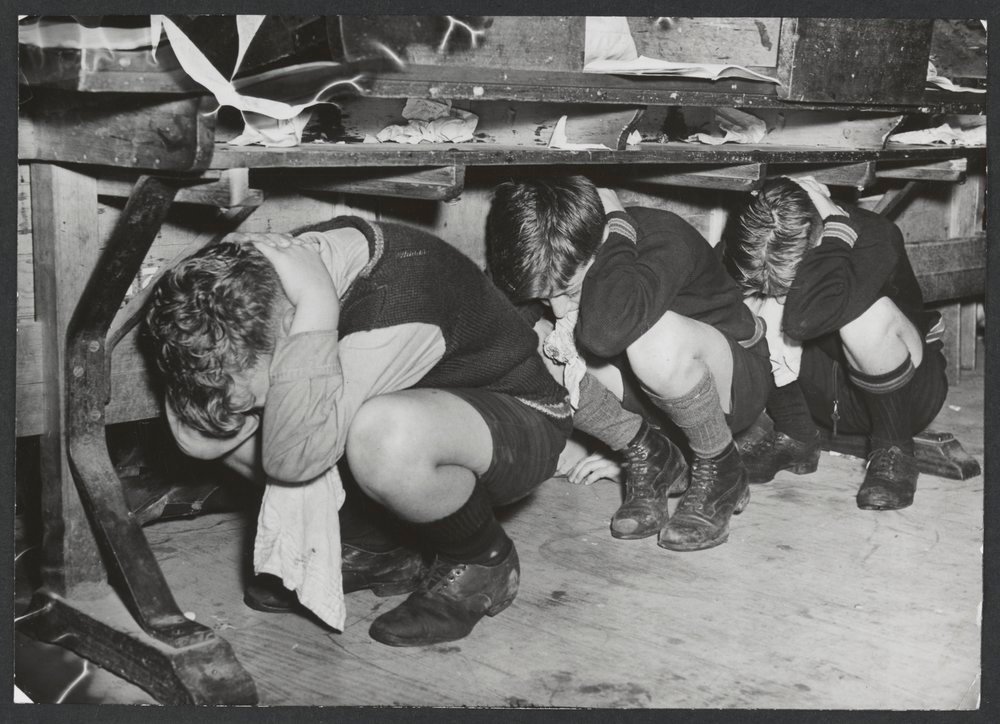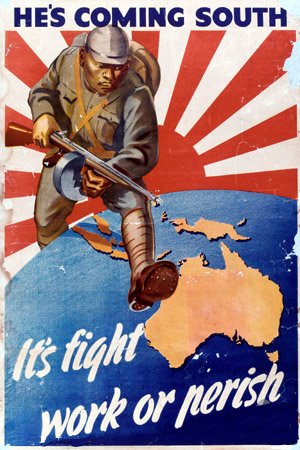As it was
Don Charlwood’s No Moon Tonight has a reputation as one of the best Bomber Command memoirs. Charlwood was a Victorian who joined the RAAF in 1941, trained as a navigator in Canada under the Empire Air Training Scheme, and then flew in Halifaxes and Lancasters with 103 Squadron at Elsham Wolds. Having survived his tour […]







